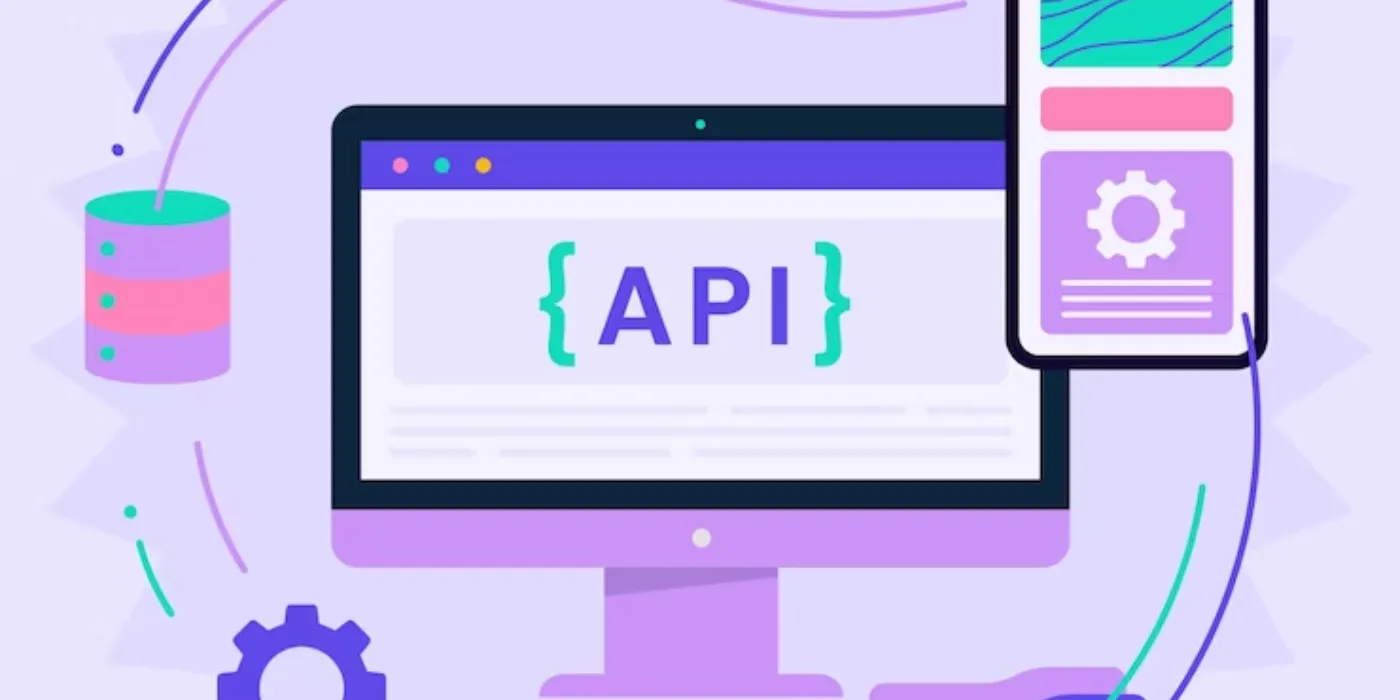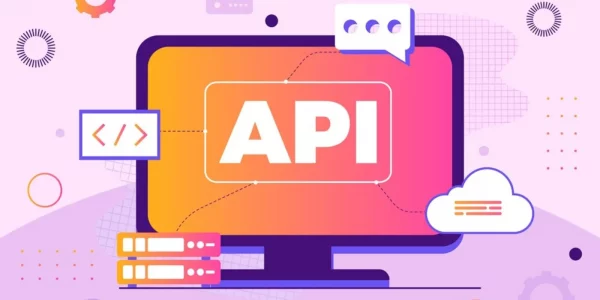In the ever-evolving realm of cloud computing, APIs (Application Programming Interfaces) serve as the conduits through which different software applications communicate with each other for Cloud API Monitoring. They have become the lifeblood of modern digital ecosystems, facilitating seamless data exchange and functionality between diverse applications.

However, with great power comes great responsibility, and this rings especially true when it comes to the monitoring of cloud APIs.
Understanding Cloud API Monitoring
Before we dive into the various usage cases of cloud API monitoring, let’s first clarify what it entails. Cloud API monitoring refers to the practice of continuously observing and analyzing the performance, security, and other critical aspects of APIs deployed in cloud environments. It is driven by the need to ensure that APIs operate optimally and securely while aligning with organizational goals and compliance standards.
You might be wondering why cloud API monitoring is such a critical concern. The answer lies in the pervasive role APIs play in modern software development. APIs are responsible for enabling everything from mobile apps to complex microservices architectures. As such, any disruption or underperformance in these APIs can have far-reaching consequences, affecting user experiences, data security, and even the bottom line.
Key Usage Cases
Now that we’ve established the importance of cloud API monitoring, let’s explore its key usage cases in detail.
Real-Time Performance Monitoring
Real-time performance monitoring of cloud APIs is akin to having a watchful guardian over your digital infrastructure. It allows organizations to identify and address performance issues as they happen, rather than reacting to them after the fact. Real-time insights empower IT teams to make data-driven decisions that can enhance user experiences and prevent potential downtime.
To effectively monitor API performance in real-time, it’s essential to track various metrics. These may include response times, error rates, throughput, and latency. Each metric provides a unique perspective on the health of your APIs, allowing you to pinpoint bottlenecks and inefficiencies.
Security and Compliance
In an era where data breaches can result in catastrophic consequences, ensuring the security of API transactions is paramount. Cloud API monitoring plays a crucial role in identifying security vulnerabilities and suspicious activities. It enables the detection of unauthorized access attempts, data breaches, and potential threats to your sensitive data.
Many industries are subject to strict regulatory requirements, such as GDPR in Europe or HIPAA in healthcare. Cloud API monitoring assists organizations in meeting these compliance standards by providing audit trails and ensuring data protection measures are consistently applied.
Resource Optimization
Resource optimization is all about making the most of your cloud infrastructure. Cloud API monitoring helps organizations identify resource bottlenecks, whether it’s CPU utilization, memory, or storage. By recognizing and addressing these bottlenecks, you can ensure optimal performance and cost efficiency.
As your business grows, so do your API demands. Cloud API monitoring provides insights into usage patterns, enabling you to scale resources up or down as needed. This flexibility ensures you’re not overpaying for idle resources or compromising performance during traffic spikes.
Error Detection and Resolution
Errors in APIs are inevitable, but their impact can be mitigated with proactive detection. Cloud API monitoring systems can alert you to anomalies, enabling you to investigate and resolve issues before they escalate. This proactive approach reduces downtime and maintains a positive user experience.
When errors do occur, time is of the essence. Cloud API monitoring provides comprehensive data on error occurrences, making troubleshooting and resolution more efficient. It helps you identify the root causes of problems and implement fixes swiftly.
Cost Management
Cloud resources come at a cost, and API usage can quickly accumulate expenses. Cloud API monitoring tools offer insights into usage patterns and associated costs, allowing organizations to track and manage their API expenditure effectively.
By understanding how APIs impact your cloud costs, you can make informed decisions about resource allocation and optimization. This, in turn, leads to significant cost savings while maintaining the performance and reliability of your APIs.
To make use of it, you must first:
- Go to Uptimeapicloud and simply click on the button “Start monitoring with 30-day Free Trial” to start using the API.
- After signing up in Uptimeapicloud, you’ll be given your personal Trail. Click on the Monitors option.
- Click on the New Monitor button and add the API details with the API name and URL.
- Once you are done, make the API call by pressing the button “Create” and see the results on your screen.
Here’s the Example:
Conclusion
In the rapidly evolving landscape of cloud computing, cloud API monitoring has emerged as a critical practice for organizations of all sizes. It empowers businesses to ensure the performance, security, and cost-effectiveness of their APIs while staying compliant with industry regulations. As APIs continue to play a central role in digital transformation, embracing cloud API monitoring is not just a best practice; it’s a strategic imperative for achieving business success in the digital age.

